Birdwatching, or birding as it’s sometimes called, is an engaging hobby that offers endless opportunities for learning and discovery.
It’s about more than just identifying species; it also involves understanding these fascinating creatures’ behaviors, habitats, and migration patterns.
As a beginner in this field, you might feel overwhelmed with where to start. But don’t worry! I’m here to guide you through the essentials of beginning birdwatching.
Firstly, you’ll need some basic equipment. A pair of binoculars is your key to observing birds up close without disturbing their natural behavior.
While countless models are available on the market, I’d recommend starting with something simple yet durable – no need to break the bank immediately!
The next crucial step is learning about different bird species and their behavior patterns. This doesn’t mean you must memorize every fact about all birds in existence; instead, focus on those commonly found in your local area first.
Finally, remember: patience is a virtue when it comes to birdwatching! Birds live by their rhythms and schedules, so don’t get discouraged if things are initially slow.
Keep at it; soon enough, you’ll be rewarded with incredible sights that only us birdwatchers can see!
What is Birdwatching?
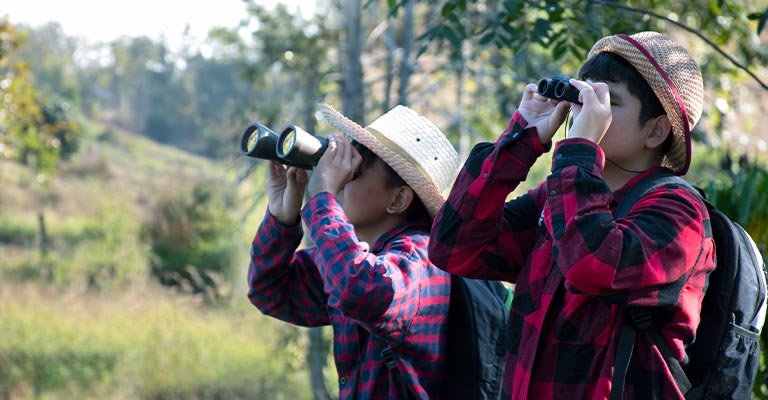
Have you ever sat by a window, sipping your morning coffee, and watched a cardinal or blue jay flit about in the garden? If yes, then you’ve already tasted what birdwatching is all about.
It’s an activity that involves observing and identifying birds in their natural habitats. You don’t necessarily need to be deep into the woods for this; even urban environments have their fair share of feathered friends!
Birdwatching isn’t just about spotting birds and ticking them off a list. It’s more than that – it’s about connecting with nature, learning about different species of birds, their behaviors, nesting habits, migration patterns, and so much more.
At its core, birdwatching is an inexpensive hobby for all ages. All you need to start are your eyes and ears! Of course, having some additional gear like binoculars or a field guide can enhance your experience.
Here are some interesting stats to put things into perspective:
|
Number of bird species worldwide |
Over 10,000 |
|---|---|
|
Number of bird species in North America |
Over 2,000 |
|
Average number of birds spotted by beginner birdwatchers |
Around 50-100 |
The beauty of birdwatching lies not just in the thrill of spotting rare species but also in enjoying common ones right from your backyard. Imagine recognizing the cheerful song of a robin or identifying sparrows from finches based on their color pattern!
To sum it up:
-
Birdwatching involves observation and identification.
-
It connects us with nature.
-
It’s an affordable hobby for all ages.
-
Even common urban birds offer enjoyable moments!
So next time you see those winged creatures around you, don’t just watch them fly away. Take a moment to observe them – who knows? You might discover a new passion!
Benefits of Birdwatching

Let’s dive into the world of birdwatching. It’s more than just a casual hobby; it can bring a boatload of benefits to your life. You might be surprised by how this simple, enjoyable activity can positively impact various aspects.
Stress Reduction
Firstly, there’s stress reduction. We live in a fast-paced society that doesn’t always allow us time to relax and unwind. That’s where birdwatching comes in handy!
Immersing yourself in nature and focusing on something as tranquil as birds can help lower your cortisol levels – that pesky stress hormone is wreaking havoc on our bodies.
Plus, there’s research backing this up! A study by the University of Exeter found that people living in neighborhoods with more birds present were less stressed and had lower rates of depression.
Physical Exercise
Another perk? The physical exercise you’ll get from birdwatching is hard to beat. Whether walking, hiking or even climbing to catch sight of rare species, you’ll move your body without realizing it!
|
Activity |
Calories Burned Per Hour |
|---|---|
|
Walking |
236 |
|
Hiking |
438 |
|
Climbing |
563 |
Learning Opportunities
Birdwatching also presents ample learning opportunities. Each outing provides a chance to learn about different species’ habits, habitats, songs, and how they interact with their environment.
-
Learn about migration patterns.
-
Discover unique nesting techniques.
-
Identify variations in song and call.
Connection with Nature
Last but certainly not least is the deep connection with nature you’ll develop through birdwatching.
It instills an appreciation for our natural world, an understanding we could all benefit from as we strive towards preserving our planet for future generations.
In short (but not too short), birdwatching is an activity with benefits. Whether for stress reduction, physical exercise, learning opportunities, or a deeper connection with nature, there’s something in it for everyone!
Essential Equipment for Birdwatching
Birdwatching, a hobby that combines the joy of being outdoors with the thrill of observing nature’s avian wonders, can be significantly enhanced with the right equipment.
Here’s a closer look at the essential gear every birdwatcher should consider to make their experience more fulfilling and efficient.
1. Binoculars: The Window to the Avian World
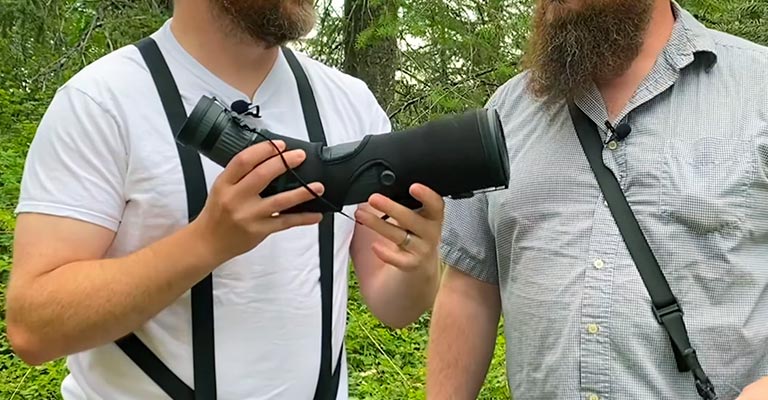
Binoculars are arguably the most critical tool in a birdwatcher’s arsenal. They bring distant birds into sharp focus, enabling detailed observation and identification from afar.
When choosing binoculars, look for a pair that balances magnification and field of view. Typically, 8x to 10x magnification is sufficient for birdwatching. Also, consider weight and comfort, as you’ll carry them for extended periods.
2. Field Guide: Your Bird Identification Companion
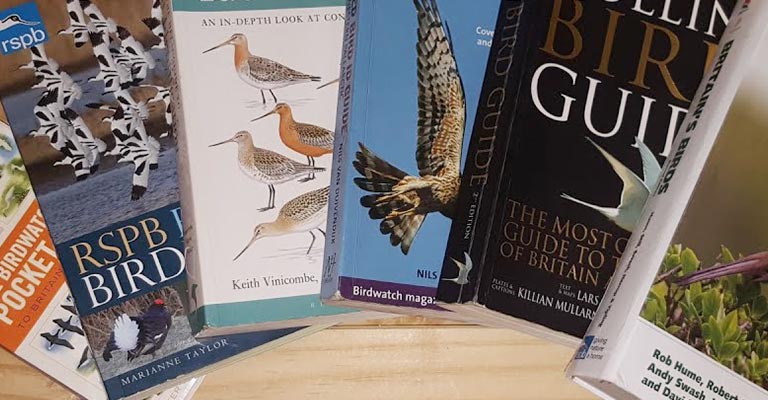
A bird guide is invaluable in traditional book form or as a modern smartphone app. It helps you identify species through illustrations or photographs, provides information on their habits and calls, and educates about their habitats.
Digital apps have the added advantage of interactive features, such as audio clips of bird calls, which can be incredibly helpful in the field.
3. Notebook or Journal: For Recording Observations
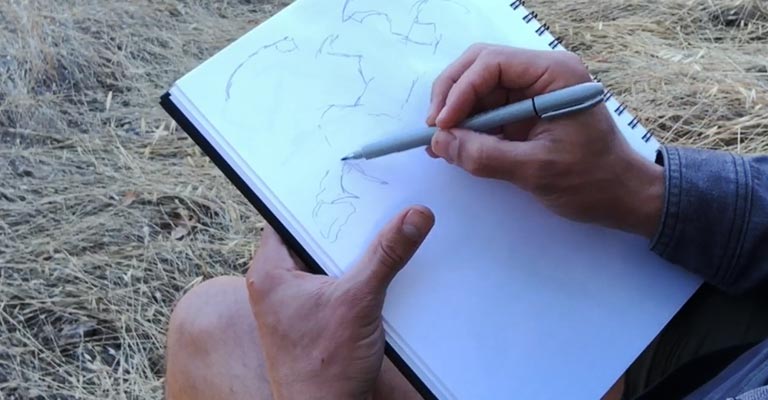
A dedicated notebook for jotting down observations is essential for any serious birdwatcher. Recording details about the birds you see, including their appearance, behavior, and sounds, not only aids in learning and remembering different species but also contributes to citizen science projects tracking bird populations and migration patterns.
4. Appropriate Clothing: Blend In with Your Surroundings
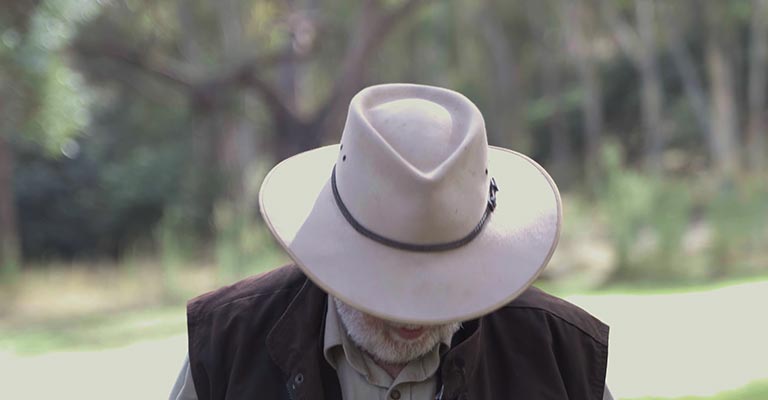
The right clothing can make or break your birdwatching experience. Wear layers to adapt to changing weather conditions, and choose colors that blend with the natural environment to minimize your visibility to birds. Also, sturdy, waterproof footwear is a must for navigating through various terrains.
5. Patience and Perseverance: The Unseen Tools
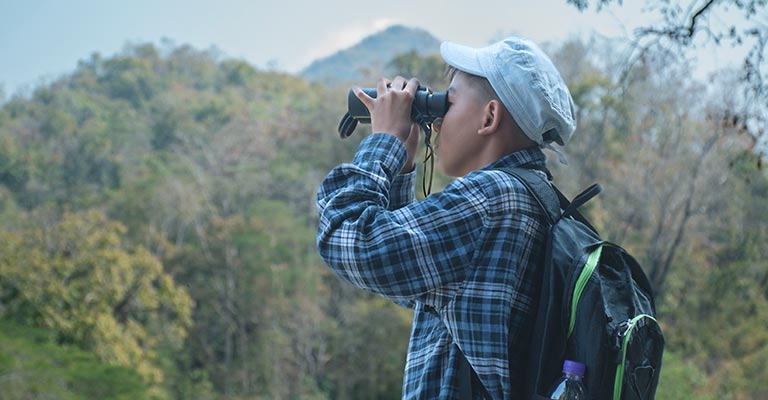
Patience is perhaps the most crucial yet intangible tool in birdwatching. It allows the quiet, undisturbed observation to witness the most spectacular bird behaviors.
Coupled with perseverance, patience ensures that even on slow days, the rewards of birdwatching are never far away.
Additional Tools for the Avid Birdwatcher
-
Spotting Scope: For those ready to take their birdwatching to the next level, a spotting scope offers greater magnification than binoculars, ideal for observing birds at long distances.
-
Camera: A camera with a good zoom lens can capture detailed photos for later identification and for keeping a visual record of your sightings.
-
Birdwatching Apps: Beyond guidebooks, numerous apps offer real-time data on bird sightings, allowing birdwatchers to find rare species and join community events.
Bird Identification Techniques
I’ll let you in on a little secret. Mastering bird identification techniques isn’t as daunting as it may initially seem. It’s all about knowing what to look for and how to observe our feathered friends. Let’s dive in!
First up, we have size and shape. This is one of the most straightforward methods for identifying birds.
A glance can often give us valuable information about the species. Sparrows are small and plump with short tails, while hawks are large raptors with broad, rounded wings.
Next, let’s talk about colors and patterns. These are often the most striking characteristics of a bird and can make identification relatively easy if you know what to look for.
For instance, male cardinals sport vibrant red feathers that stand out against the greenery.
Let’s not forget about behavior, too! Birds have different feeding habits, flight patterns, social interactions, etc., which can be significant clues when identifying them.
-
Woodpeckers peck at tree bark, looking for insects.
-
Swallows skim over bodies of water, catching insects mid-flight.
-
Hawks circle high in the sky, searching for prey.
Last but certainly not least is habitat! Where you spot a bird can be just as informative as observing its physical traits or behavior. For instance:
-
Wetlands attract ducks and herons.
-
Forests serve as home to species like owls and woodpeckers.
-
Open fields are preferred by ground feeders such as sparrows.
So there you have it: Size and shape, coloration, behavior, habitat – these four pillars provide a strong foundation when beginning your journey into birdwatching!
Best Places for Birdwatching
I’ve been lucky enough to visit some truly incredible birdwatching locales in my time, and I’m excited to share them with you.
These destinations are well-known among bird enthusiasts for their diverse species and breathtaking landscapes. So, grab your binoculars, and let’s dive into the best places for birdwatching!
The first spot on my list is Costa Rica. This Central American country is home to over 900 bird species! It’s a hotbed of avian biodiversity thanks to its varied ecosystems – from rainforests and wetlands to mountains and coastlines.
-
Costa Rica
-
Number of Species: Over 900
-
Notable Species: Resplendent Quetzal, Scarlet Macaw
-
Next, we have the United States’ Cape May in New Jersey. Known as one of North America’s greatest migration hotspots, it’s an absolute must-visit during fall migration. You might be surprised at what you’ll see!
-
Cape May, New Jersey
-
Best Time: Fall Migration
-
Notable Sightings: Warblers, Raptors
-
Crossing continents now, let’s talk about Kruger National Park in South Africa. It boasts over 500 bird species, making it a feathered paradise for any birder.
-
Kruger National Park, South Africa
-
Number of Species: Over 500
-
Unique Sights: African Fish Eagle, Lilac-breasted Roller
-
Heading northwards from there is Spain’s Coto Donana National Park. This park is an important stopover point for migratory birds traveling between Europe and Africa.
-
Coto Donana National Park, Spain
-
Important For: Migratory Birds
-
Frequent Visitors: Flamingos
-
Last but by no means least is Papua New Guinea – a land teeming with unique birdlife. It’s the only place on earth where you can spot the legendary Birds of Paradise.
-
Papua New Guinea
-
Unique Sights: Birds of Paradise
-
So, there you have it – my top picks for the best bird-watching places worldwide. Each location offers a unique glimpse into our planet’s rich and diverse animal life. Happy birding!
Conclusion
Let’s wrap this up. It’s become clear to me that birdwatching isn’t just a hobby. It’s an opportunity for personal growth and connection with nature.
Having delved into the essentials of beginning birdwatching, I can say confidently that anyone with patience, interest, and the right tools can get started on this rewarding journey.
Remember how we spoke about the importance of having the right equipment? Binoculars are your best friend here. Not all binoculars are created equal, though – you’ll want to make sure yours have good magnification power and a wide field of view.
-
Magnification: 8x or 10x
-
Field of View: At least 300 feet at 1000 yards
Keeping a field guide handy is another crucial tip for beginners. These guides provide invaluable information about different species’ habits, habitats, and identifying features.
And let’s not forget about bird feeders! If you’re hoping to attract feathered friends into your backyard, setting up a feeder is an easy way to do so. Just remember:
-
Placement matters: Position your feeder in a quiet spot away from predators.
-
Keep it clean: Regular cleaning prevents diseases from spreading among birds.
-
Food variety: Different birds prefer different foods; offering a mix attracts more species.
Birdwatching requires patience above all else – but don’t be disheartened if you don’t spot anything extraordinary on your first few outings.
The beauty lies in observation over time – seeing how birds interact with their environment, and each other provides insights into their (and our) world that no book or documentary can offer.
Finally, always respect nature while birdwatching. Leave no trace behind except footprints and take nothing but photos (and maybe some notes). Doing so ensures that these beautiful creatures continue to thrive for generations.
I truly hope this introduction has sparked your interest in birdwatching. It’s a pastime that brings me immense joy, and I believe it can do the same for you. Give it a try – you might surprise yourself with how much you enjoy it!